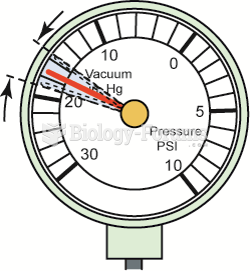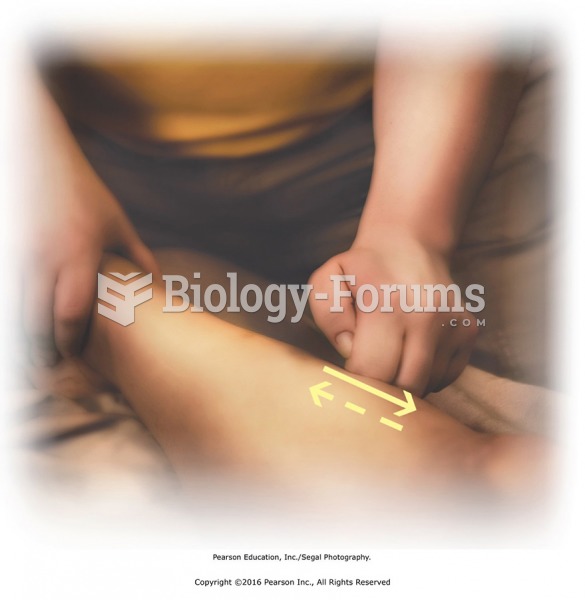|
|
|
Patients who have undergone chemotherapy for the treatment of cancer often complain of a lack of mental focus; memory loss; and a general diminution in abilities such as multitasking, attention span, and general mental agility.
Eating food that has been cooked with poppy seeds may cause you to fail a drug screening test, because the seeds contain enough opiate alkaloids to register as a positive.
Your skin wrinkles if you stay in the bathtub a long time because the outermost layer of skin (which consists of dead keratin) swells when it absorbs water. It is tightly attached to the skin below it, so it compensates for the increased area by wrinkling. This happens to the hands and feet because they have the thickest layer of dead keratin cells.
Chronic marijuana use can damage the white blood cells and reduce the immune system's ability to respond to disease by as much as 40%. Without a strong immune system, the body is vulnerable to all kinds of degenerative and infectious diseases.
Aspirin may benefit 11 different cancers, including those of the colon, pancreas, lungs, prostate, breasts, and leukemia.
 A rapidly vibrating needle at idle that becomes steady as engine speed is increased indicates worn ...
A rapidly vibrating needle at idle that becomes steady as engine speed is increased indicates worn ...
 All fuel injectors should make the same sound with the engine running at idle speed. A lack of sound ...
All fuel injectors should make the same sound with the engine running at idle speed. A lack of sound ...
 Deep friction around the hip joint using the knuckles. Use the knuckle of the middle finger to apply ...
Deep friction around the hip joint using the knuckles. Use the knuckle of the middle finger to apply ...




